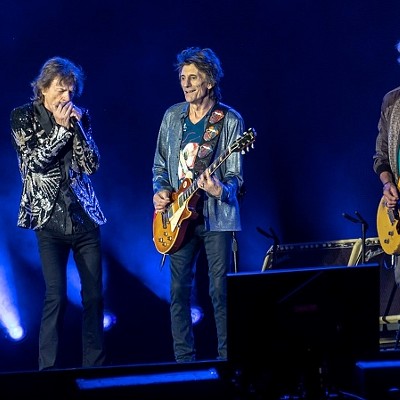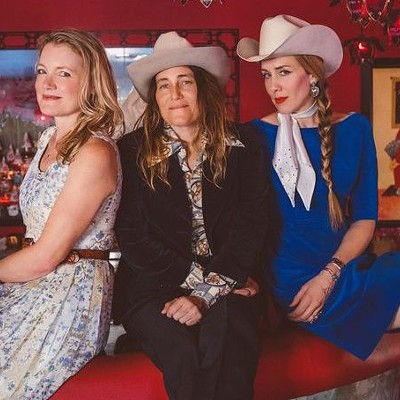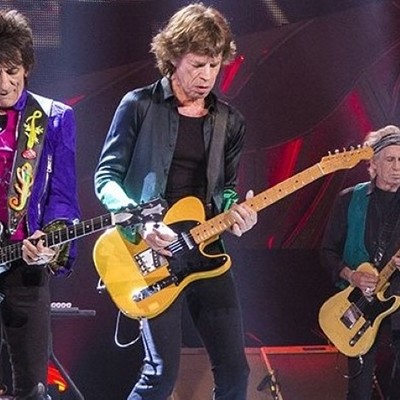Support Us
Houston's independent source of
local news and culture
account
- Welcome,
Insider - Login
- My Account
- My Newsletters
- Contribute
- Contact Us
- Sign out
How Much of Claude Levi-Strauss' Myths and Archetypes Reside In Popular Music?
Sarah Webster November 12, 2009 2:00PM
[
{
"name": "Related Stories / Support Us Combo",
"component": "11591218",
"insertPoint": "4",
"requiredCountToDisplay": "4"
},{
"name": "Air - Billboard - Inline Content",
"component": "11591214",
"insertPoint": "2/3",
"requiredCountToDisplay": "7"
},{
"name": "R1 - Beta - Mobile Only",
"component": "12287027",
"insertPoint": "8",
"requiredCountToDisplay": "8"
},{
"name": "Air - MediumRectangle - Inline Content - Mobile Display Size 2",
"component": "11591215",
"insertPoint": "12",
"requiredCountToDisplay": "12"
},{
"name": "Air - MediumRectangle - Inline Content - Mobile Display Size 2",
"component": "11591215",
"insertPoint": "4th",
"startingPoint": "16",
"requiredCountToDisplay": "12"
}
,{
"name": "RevContent - In Article",
"component": "12527128",
"insertPoint": "3/5",
"requiredCountToDisplay": "5"
}
]
Claude Levi-Strauss died last week at the age of 100. He was one of the great minds of the 20th century, who took the tools of anthropology and used them not simply to observe and record the detailed facts of cultures but also to investigate meta-matters of philosophy and structure.
In fact, he was the father of structuralism, through which he examined, among many other things, why the myths from so many different cultures seem so similar. As he moved through this examination, he came to believe that in the face of the fading power of myth and ritual within modern Western culture, music has become our myth, with all the power and meaning which that implies.
As Edward Rothstein, writing for The New York Times, put it, "Music, he argued, had the ability to suggest, with primal narrative power, the conflicting forces and ideas that lie at the foundation of society."
What an incredible idea.
We don't howl at the moon en masse around an equinox bonfire. We don't typically believe that every tree has an actual, living spirit in it that you can piss off. We have few, if any, rites of passage which celebrate the transition from childhood to adulthood, unless you include getting drunk. We have no god of thunder making the sky shake, and even our myth-based holidays such as Halloween are parties rather than occasions for the expression of the unknown and unknowable in the world.
There are countless historians and academics to tell us the facts of tragedy, the realities of 9/11, the biochemistry of passion, but it's harder to find the shamans and seers who divine and memorialize the essential human truths that are stored within these facts.
So where are our archetypes? Where are our explanations of ourselves and our world? Where are our timeless figures? Perhaps they do live within our music.
In "Me and Bobby McGee" we learn of the longing and paradox of love, in "Castles Made of Sand" we find an instruction in impermanence, in "I Can't Wait to Meet You" we hear devotion and personal relation to God, in "Man In Black" we find nothing short of a prophet straight from the desert.
We'd be willing to bet most students these days haven't heard of Kent State, but do you suppose that if they hear Crosby, Stills, Nash and Young's "Ohio," they don't get a sense of something urgent, something unjust, something angry?
How about the "I" and the "she" in the Killers' "Mr.Brightside"? They have no face, no name, but they represent so many hes and shes, so many scenarios and human relations.
It'd be tough to argue that a single song in and of itself comprises a myth, but when taken as a whole - all of our love songs, all of our street songs, all of our protest songs - it makes a lot of sense that the musical cannon of our culture constitutes our mythology.
By definition, myth is not fact, and as we drown in the noise and instant gratification of the 24-hour news cycle, musicians take the time to digest and process those things which are happening around us and to adapt them, expand them and offer them back to us with an eye on something more than the immediate.
Music as myth? We'll have to get a lot smarter before we understand the entirety of what Levi-Strauss meant, but sign us up for the intro course because we think he's on to something.
KEEP THE HOUSTON PRESS FREE...
Since we started the Houston Press, it has been defined as the free, independent voice of Houston, and we'd like to keep it that way. With local media under siege, it's more important than ever for us to rally support behind funding our local journalism. You can help by participating in our "I Support" program, allowing us to keep offering readers access to our incisive coverage of local news, food and culture with no paywalls.
Sarah Webster
Trending Music
- Houston Concert Watch 4/24: Rolling Stones, Bad Bunny and More
- Top 10 Butt-Rock Bands of All Time
- An OG Beatles Fan Proves She Loved Them—Yeah, Yeah, Yeah!
-
Sponsored Content From: [%sponsoredBy%]
[%title%]

Don't Miss Out
SIGN UP for the latest
Music
news, free stuff and more!
Become a member to support the independent voice of Houston
and help keep the future of the Houston Press FREE
Use of this website constitutes acceptance of our
terms of use,
our cookies policy, and our
privacy policy
The Houston Press may earn a portion of sales from products & services purchased through links on our site from our
affiliate partners.
©2024
Houston Press, LP. All rights reserved.




